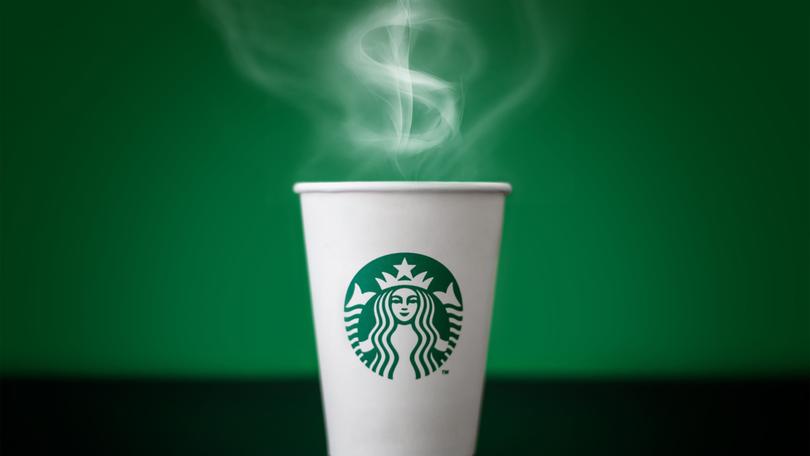The Economist: How a Starbucks coffee shop is good for business in your area

Starbucks offers endless opportunities for innovation. Parts of social media delight in hacking the chain’s menu to create highly instagrammable drinks.
Fancy a “cake batter frappuccino”?
Simply order a “vanilla bean crème Frappuccino”, add a pump of hazelnut syrup and ask the barista to put a cake in the blender.
Sign up to The Nightly's newsletters.
Get the first look at the digital newspaper, curated daily stories and breaking headlines delivered to your inbox.
By continuing you agree to our Terms and Privacy Policy.How about some liquid cocaine? That involves four shots of espresso with four pumps of white-chocolate syrup, served over ice.
A new working paper suggests the purveyor of coffee-based milkshakes offers other innovation, too. Choi Jinkyong, Jorge Guzman and Mario Small, all of Columbia University, find that a new Starbucks in an American neighbourhood without a coffee shop leads to the creation of between 1.1 and 3.5 new companies a year over the next seven years. That, the authors argue, owes to the café’s role as a “third place”—somewhere people can gather without a purpose. Branches “help entrepreneurs form and mobilise networks”, they write.
Perhaps Starbucks spots neighbourhoods where the flat-white-sipping entrepreneurs of tomorrow will settle and boost business-creation numbers.
To control for this, the authors lean on two sources of randomness: nimbyism and Earvin “Magic” Johnson, a basketball player. They compare places that gained a Starbucks with those where the chain had hoped to expand only to be foiled by planning objections, ensuring it was not the chain’s foresight which explained the later business growth.
They also look at places that gained a branch following a partnership with Mr Johnson which aimed to push the chain into poor neighbourhoods, and were thus not its usual sort of site.
The authors provide further evidence that the benefits are thanks to a new third space. They find no similar effects for Dunkin’ Donuts, which does not typically provide much seating. By contrast, Caribou Coffee, a chain in the Midwest, has a similar model to Starbucks and provides similar benefits.
Although the paper is not yet peer-reviewed, it has historical plausibility.
London’s coffee houses were the site of 18th-century innovation. They were known as penny universities: for the price of a cup one could gain access to the era’s finest minds.
Lloyd’s of London, an insurance market, is the descendant of Lloyd’s coffee house; London’s stock exchange has a similar pedigree.
The results also provide a puzzle. Starbucks drew from Europe’s cafés.
Yet the presence of third spaces across the continent has not been enough to overcome its innovation struggles. Maybe there is something about the chain itself.
Italians should trade their espresso for a cotton candy frappuccino just in case.
